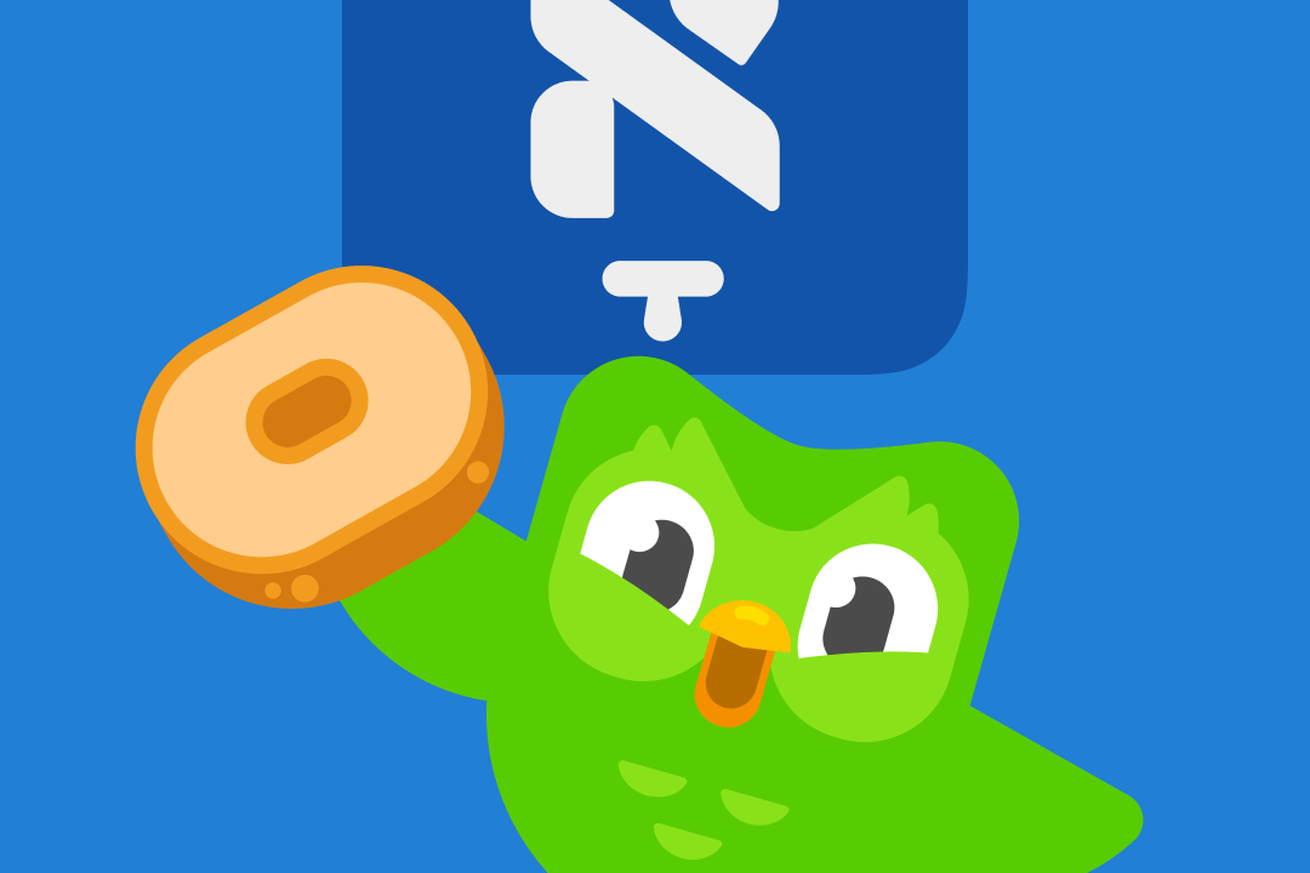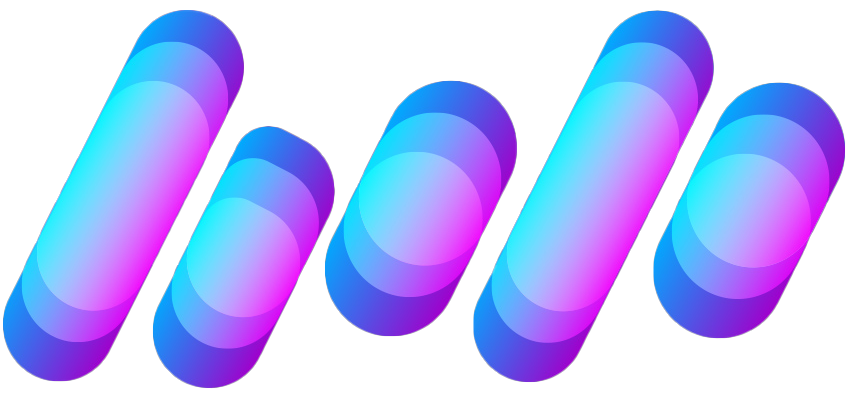T
The Verge RSS
Guest
Author: Barbara Krasnoff

Art: Duotrope
Duolingo, the popular language learning app, offers a wide variety of languages in its list of courses. While it’s known for teaching well-known tongues such as French, Spanish, and Chinese, it has also added courses in languages that are less widely used, such as Irish, Scottish Gaelic, Hawaiian — and now, as of April 6th, its 40th language: Yiddish.
While Yiddish in the US is known more for some of the words that have entered the popular lexicon (“He’s such a schmuck!”), it is actually a full-scale language. An amalgamation of High German, Hebrew, and Aramaic, with a smattering of Slavic languages (and more recently, English), before World War II, it was widely spoken by Jewish communities living throughout Central and Eastern Europe.
...
Continue reading…
Continue reading...

Art: Duotrope
Duolingo, the popular language learning app, offers a wide variety of languages in its list of courses. While it’s known for teaching well-known tongues such as French, Spanish, and Chinese, it has also added courses in languages that are less widely used, such as Irish, Scottish Gaelic, Hawaiian — and now, as of April 6th, its 40th language: Yiddish.
While Yiddish in the US is known more for some of the words that have entered the popular lexicon (“He’s such a schmuck!”), it is actually a full-scale language. An amalgamation of High German, Hebrew, and Aramaic, with a smattering of Slavic languages (and more recently, English), before World War II, it was widely spoken by Jewish communities living throughout Central and Eastern Europe.
...
Continue reading…
Continue reading...
